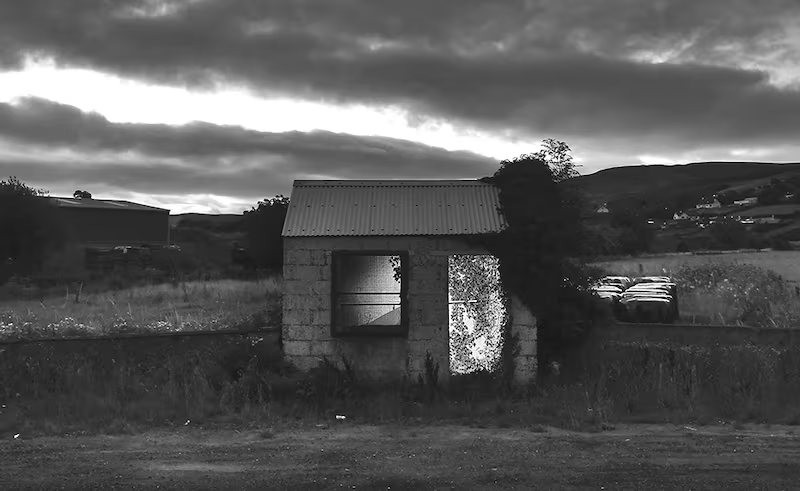It is one of the great triumphs of Irish diplomacy – placing Ireland's concerns at the heart of the EU's priorities in the Brexit negotiations.
And the EU has not flinched in its solidarity and commitment. It has backed the backstop to the hilt.
But with a no-deal looming and chaos reigning in London, what is the future for the backstop now? If the UK moves on its red lines of leaving the customs union and the single market – a move being openly touted in London and for which there is significant support in the UK parliament – will the backstop move too? Dublin is starting to think about this.

In one sense at least, the backstop has been – so far anyway – a failure.
It was conceived to solve a problem: how to conclude a withdrawal agreement to allow the negotiations move on to the future relationship between the UK and the EU. It combined the British impatience to move the negotiations on, the Irish mistrust of the Brexiteers’ concerns for Northern Ireland and the EU’s tendency to kick problems down the road.
But now it has become a problem in itself.
A device that was meant to facilitate progress has become a barrier to it. This is primarily a problem caused by Britain. Prime minister Theresa May, after all, has repeatedly agreed to the backstop and now cannot pass it in her parliament. But it is a problem nonetheless.
Contradictory objectives
So how did we get here?
The close result in the British referendum was not reflected in the direction charted by May after she took over as prime minister from David Cameron. Instead, Remainer May was keen to burnish her Brexiteer credentials and set a course for a hard Brexit – out of the customs union, out of the single market.
At the same time she insisted that there would be “no return to the borders of the past” in Northern Ireland, that the British government would protect the gains of the peace process and safeguard the Belfast Agreement.
These were, alas, contradictory objectives.
And so, as the deadline of December 2017 for “sufficient progress” on the withdrawal agreement – which would allow talks to begin on the British priority of the future trading relationship – loomed, May and the EU agreed the backstop.
In a nutshell the agreement said that in the absence of another solution for the Border, Northern Ireland would effectively remain within the EU customs union. By the time that political agreement came to be expressed in the form of a legally binding treaty a year later, May had persuaded – yes, this was her idea – the EU to extend the backstop to cover the entire UK, not just Northern Ireland. It is often forgotten that this backstop was May’s idea.
The backstop has always been hailed as a political victory for Taoiseach Leo Varadkar – not least because his Government enthusiastically promoted it as one at home.
Universal support
Domestic support for the backstop has been universal – to the extent that the Sinn Féin leader Mary Lou McDonald was this week warning the Taoiseach against diluting it in the slightest.
Criticism of the move has come from a minority of commentators; within the political and administrative apparatus, any questioning of the strategy is expressed only in hushed tones.
But very quietly, some senior sources have privately acknowledged that there is a potential flaw at the very heart of the Irish strategy – that holding out on the backstop risks bringing about the very thing it is designed to avoid: a no-deal and a hard border.
Another Leinster House observer wonders: “How is it a negotiating triumph if it presents the other party with something they cannot agree to?”












